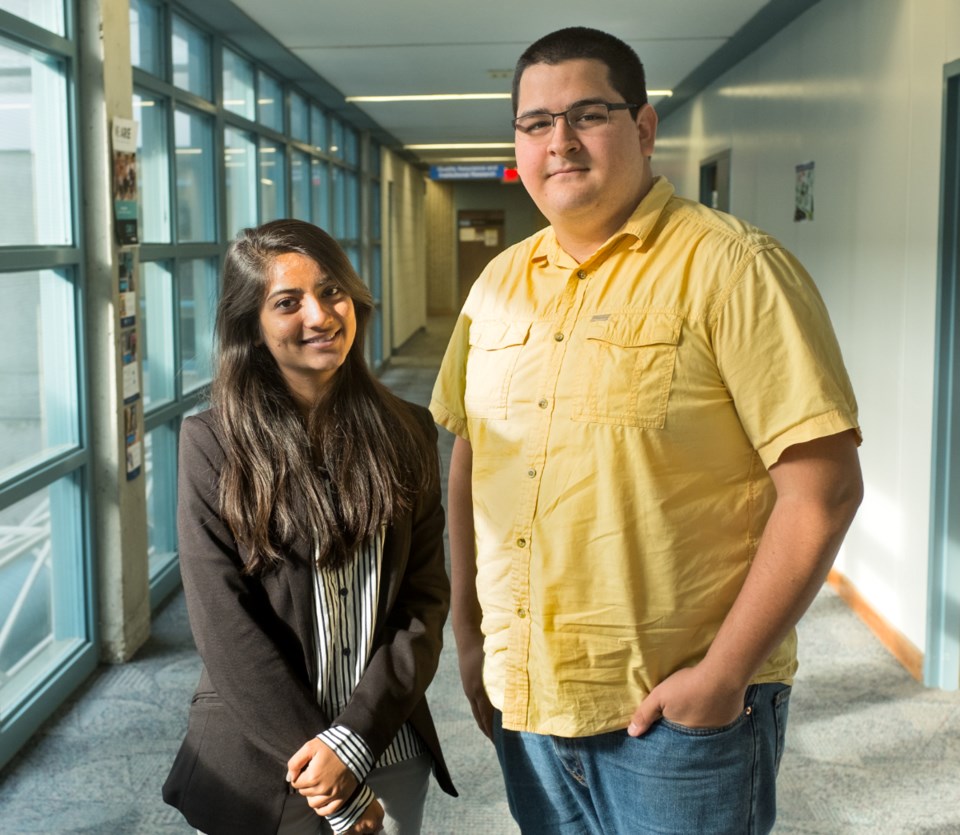Tara Jeffrey
Sarnia’s population is not getting any younger — or larger — and that’s a big problem, says Judith Morris.
“We’re not growing at the rate the rest of the province… not even close,” said the interim CEO of the Sarnia-Lambton Economic Partnership and chair of the newly formed President’s Immigration Taskforce.
“The issue at hand is, how do we move that population dial up? And how do we keep our young people?”
New Statistics Canada census data indicates Sarnia’s population grew just 0.6% from 2016 to 2021, with a median age of 46 compared to Ontario’s median age of 41.6.
What’s more, 24.5% of Sarnia residents are aged 65 and over, compared to just 18.5% provincially.

“The working age of 16-to-64 is about 63% for Sarnia-Lambton and 67% for Ontario — which is not great,” Morris added.
“And we have a lot of young people, aged 18-to-24, migrating out of Sarnia-Lambton, at a rate of -26%. That’s significantly higher than most places.”
Such numbers spurred creation of the Task Force earlier this year. Its goal is to grow and diversity Sarnia-Lambton by integrating International students and attracting immigrants to help fill labour shortages.
More than a dozen leaders have come together from local government, industry, business, trades, healthcare and education, and they include Sarnia Mayor Mike Bradley, Lambton College president & CEO Rob Kardas, Kel-Gor director Matt Gordon, NOVA Chemicals VP Rob Thompson and others, Morris noted.
“These are some folks who have a real influence… people who can make change and certainly get the word out,” she said.
Yes, previous local efforts have tried to attract and retain new residents, she said.
“But it’s not enough. It’s not changing the dial,” said Morris, noting the area needs net growth of 1,400 people annually just to keep up with the province.
“And when you look at areas like the trades, health and technology, we are in some really significant skills shortages.
“So we looked to the college,” she added, noting half of Lambton’s students are young people from other countries.
“These are very bright students, coming from a variety of places, most with degrees and diplomas already. So why wouldn’t we want to keep them here?”
Surveys have found more than 90% of international Lambton grads would like stay and work in Sarnia-Lambton, but can’t secure employment and often move to areas like the GTA, Morris explained.
“We know they want to stay here, so we have to provide the best opportunity for them to do that.”
A London-based consulting firm is working on a strategic immigration framework, expected this fall, and the task force is working to develop an immigration pilot project with support from the federal government.
Meanwhile, an effort is underway to bridge the gap between international graduates and employers, including the development of a web-based portal to link the two.
“Because our students have often taken jobs during the pandemic and been the ones on the front lines — like at Tim Hortons and Walmart — people perhaps don’t understand that these are students who are highly educated, have incredible skills, who could be working in healthcare, in the plants, in construction, etc.,” said Morris.
“And I think that message is so important for us to get out, because we want to provide this incredibly welcoming community to attract these people, because they are what we need for the future."
